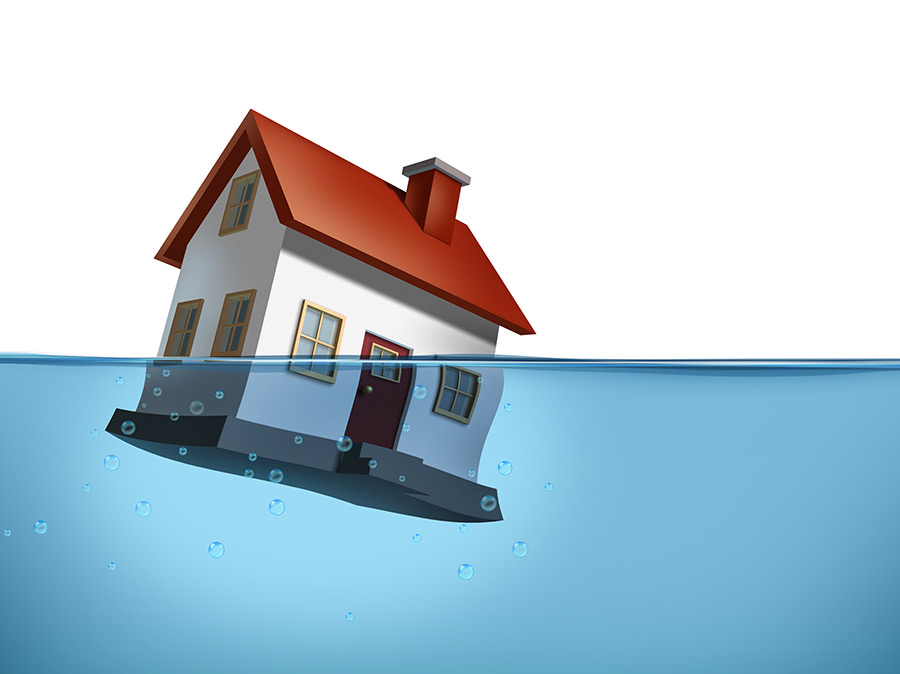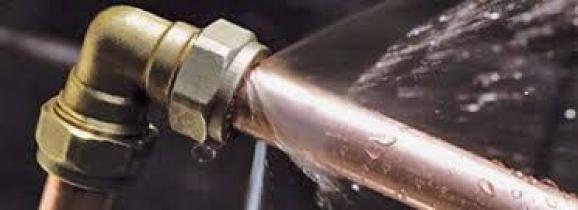Breaking Down the Six Most Common Causes of Home Water Leaks
Breaking Down the Six Most Common Causes of Home Water Leaks
Blog Article
How do you really feel in relation to How Fast Water Damage Can Ruin Your Home?

Leaks not only cause waste of water yet can additionally cause unnecessary damage to your residence and promote undesirable natural development. However, water leaks may go undetected because the majority of the pipework in our residence is hidden. By looking and understanding for everyday situations that cause leaks, you can secure your house from future leaks and unnecessary damages. Today, we will look at six leakage causes that may be creating your pipes to drip.
Elbowing in origins
The majority of water leakages begin outside your house instead of inside it. If you see a sudden reduction in water stress, claim in your tap, take some time to go out and examine your yard. You could notice wet spots or sinkholes in your backyard, which may indicate that tree roots are attacking water lines causing water to seep out. You can have your plumber look for intrusion, especially if you have trees or shrubs near your residential or commercial property.
Corroded water supply
This could be the reason of staining or warping on your water pipelines. If our plumbing system is old, consider changing the pipes given that they are at a higher danger of deterioration than the newer designs.
Defective Pipeline Joints
The point at which your pipes link is regularly the weakest web link in the waterline. Pipe joints can wear away in time, causing water leaks. Sadly, the majority of pipeline joints are not easily visible. If you have noisy pipelines that make ticking or banging noises, particularly when the hot water is switched on, your pipe joints are possibly under a lot of stress. It is advisable to have your plumber inspect your system yearly.
Instantaneous temperature adjustments.
Severe temperature level changes in our pipes can create them to expand and contract suddenly. This growth as well as tightening might cause splits in the pipelines, specifically if the temperature level are below freezing. It would be best if you watched on exactly how your plumbing functions. The presence of the previously stated scenarios frequently indicates a high danger.
Poor Water Connectors
Sometimes, a leakage can be triggered by loosened tubes as well as pipes that supply your home appliances. More often than not, changing is what causes the loosened water Links. You might find in the case of a cleaning equipment, a hose pipe may spring a leak due to trembling throughout the spin cycle. In case of a water links leak, you may notice water running directly from the supply line or pools around your devices.
Clogged Drains
Clogged drains pipes might be irritating and also inconveniencing, but they can often end up causing an overflow causing rupture pipelines. Keep removing any materials that might go down your drains that can obstruct them to prevent such inconveniences.
All the above are root causes of leakages but not all water leaks arise from plumbing leaks; some leakages might come from roofing leaks. All leaks need to be fixed right away to prevent water damage.
Leaks not only cause waste of water yet can also create unnecessary damages to your residence and also advertise unwanted natural development. By looking and comprehending for daily circumstances that trigger leakages, you can safeguard your residence from future leaks and unnecessary damage. Today, we will certainly look at 6 leakage triggers that might be causing your pipelines to leak.
At times, a leakage can be caused by loose hose pipes and pipes that provide your appliances. In situation of a water connections leakage, you may see water running straight from the supply line or puddles around your devices.
How To Check For Water Leak In Your Home
How To Check for Leaks
The average household's leaks can account for nearly 10,000 gallons of water wasted every year and ten percent of homes have leaks that waste 90 gallons or more per day. Common types of leaks found in the home are worn toilet flappers, dripping faucets, and other leaking valves. These types of leaks are often easy to fix, requiring only a few tools and hardware that can pay for themselves in water savings. Fixing easily corrected household water leaks can save homeowners about 10 percent on their water bills.
To check for leaks in your home, you first need to determine whether you're wasting water and then identify the source of the leak. Here are some tips for finding leaks:
Take a look at your water usage during a colder month, such as January or February. If a family of four exceeds 12,000 gallons per month, there are serious leaks.
Check your water meter before and after a two-hour period when no water is being used. If the meter changes at all, you probably have a leak.
Identify toilet leaks by placing a drop of food coloring in the toilet tank. If any color shows up in the bowl after 10 minutes, you have a leak. (Be sure to flush immediately after the experiment to avoid staining the tank.)
Examine faucet gaskets and pipe fittings for any water on the outside of the pipe to check for surface leaks.
Undetected water leaks can happen without the home or business owner even realizing. If you suspect a water leak, but not able to find the source. It is time to contact a professional water leak detection service, The Leak Doctor.
How To Find a Water Leak In Your Home
https://www.leakdoctor.com/blog/How-To-Check-For-Water-Leak-In-Your-Home_AE197.html

As a serious reader about Top Causes of Home Water Leaks, I assumed sharing that excerpt was sensible. Don't hesitate to take the time to share this page if you enjoyed reading it. I recognize the value of reading our article about Top Causes of Home Water Leaks.
Schedule Estimate Report this page